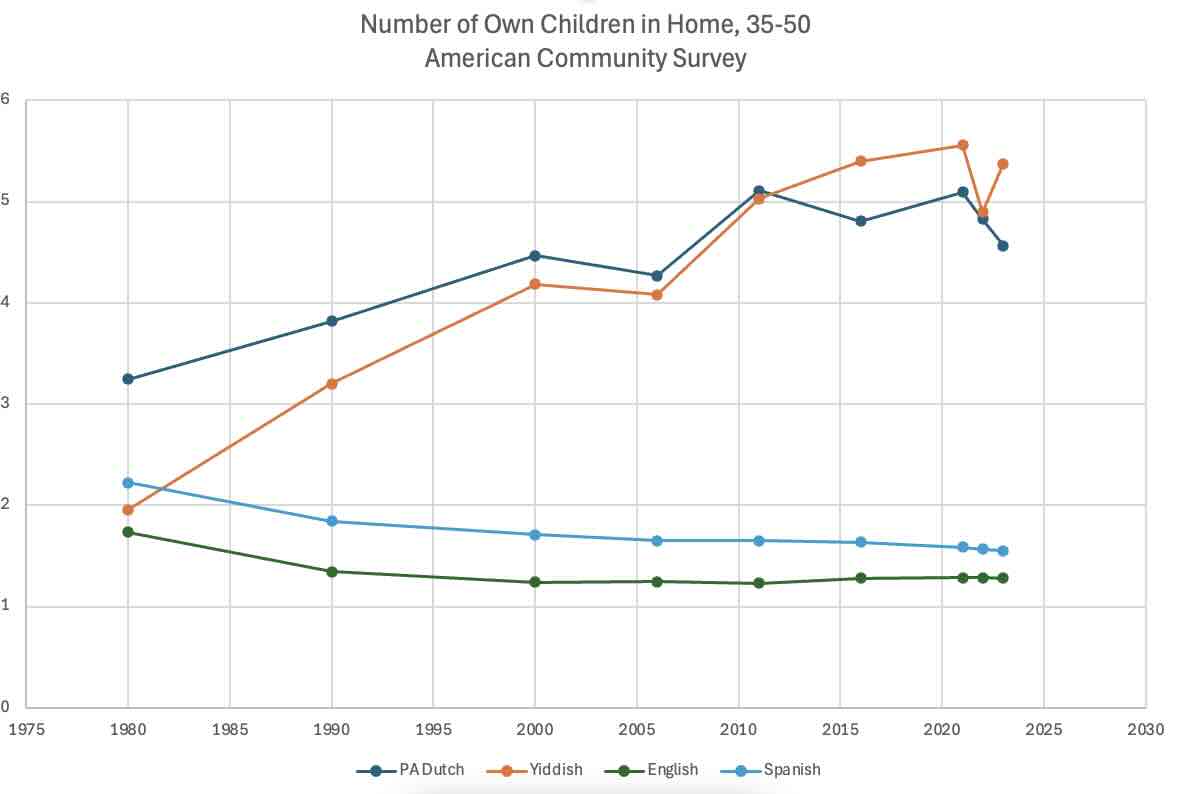Category: Comparative religion
-

When We Are Proselytized by Others
About a year ago my oldest sons were invited by some of their classmates to play volleyball at one of the local Korean Christian churches. We got there…and there was no volleyball, just an eager-looking freshman sitting in front with a Bible. Of course, coming from a proselytizing faith ourselves, we knew exactly what was…
-
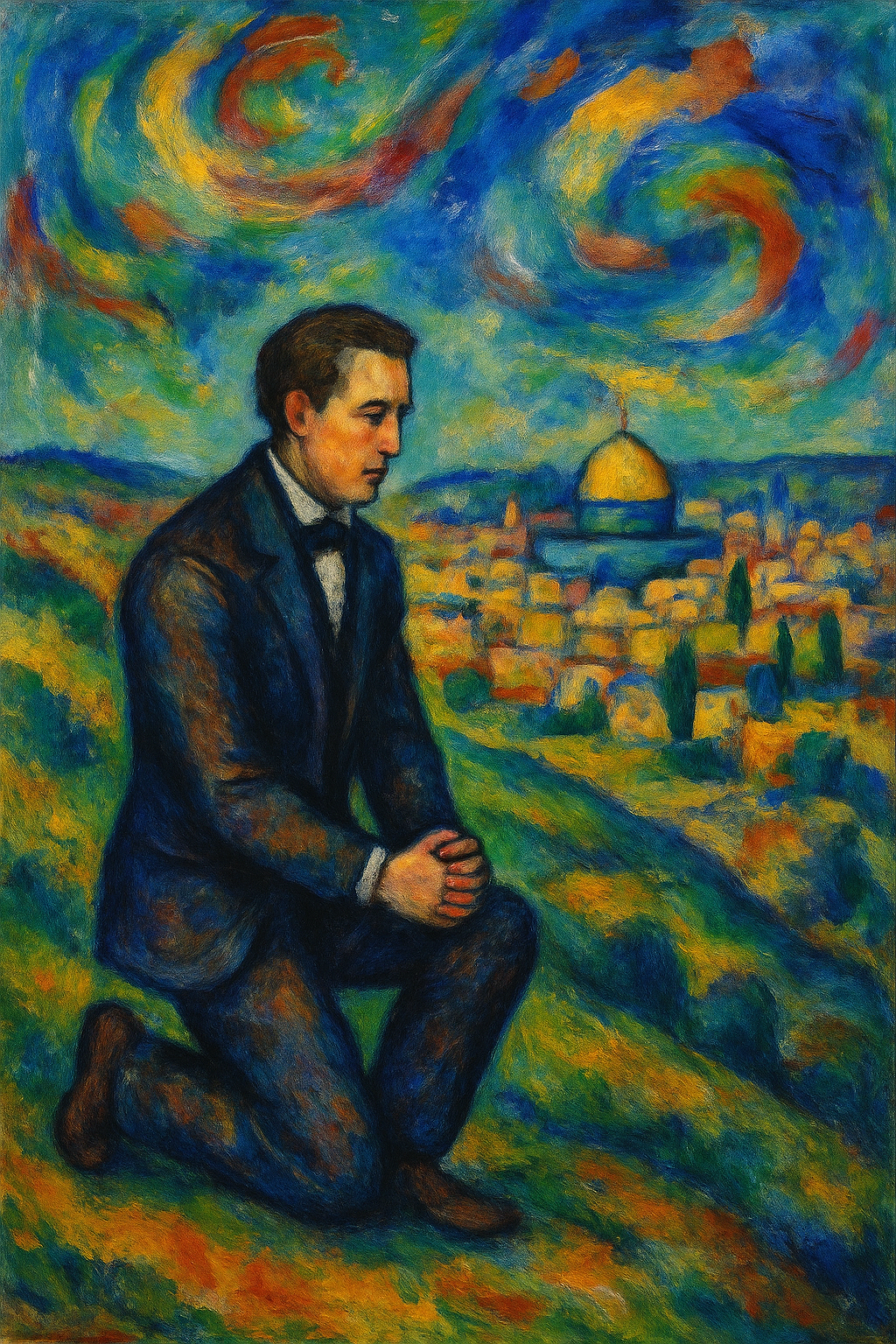
Latter-day Saints Love Jews
Orson Hyde dedicating the Holy Land for the return of the Jews in the style of Jewish artist Chagall While the confidence intervals are large, a relatively recent Pew survey suggests that Latter-day Saints are the most pro-Jewish religious group besides Jews themselves, and an older Gallup survey shows that Latter-day Saints are the most…
-
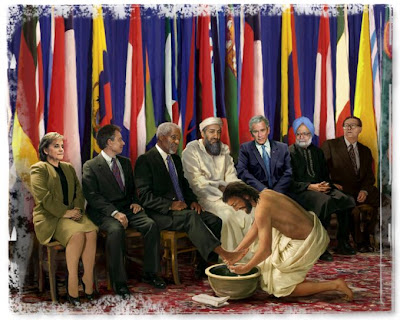
The Amish and Radical, Decisional Forgiveness
A controversial image, but I think it makes the radical love point quite well. The infamous Nickel Mines massacre of Amish schoolchildren–and the community’s supernal forgiveness towards the killer and his family–is familiar to Latter-day Saints through President Faust’s 2007 address “The Healing Power of Forgiveness.” For those of you who do not remember the…
-
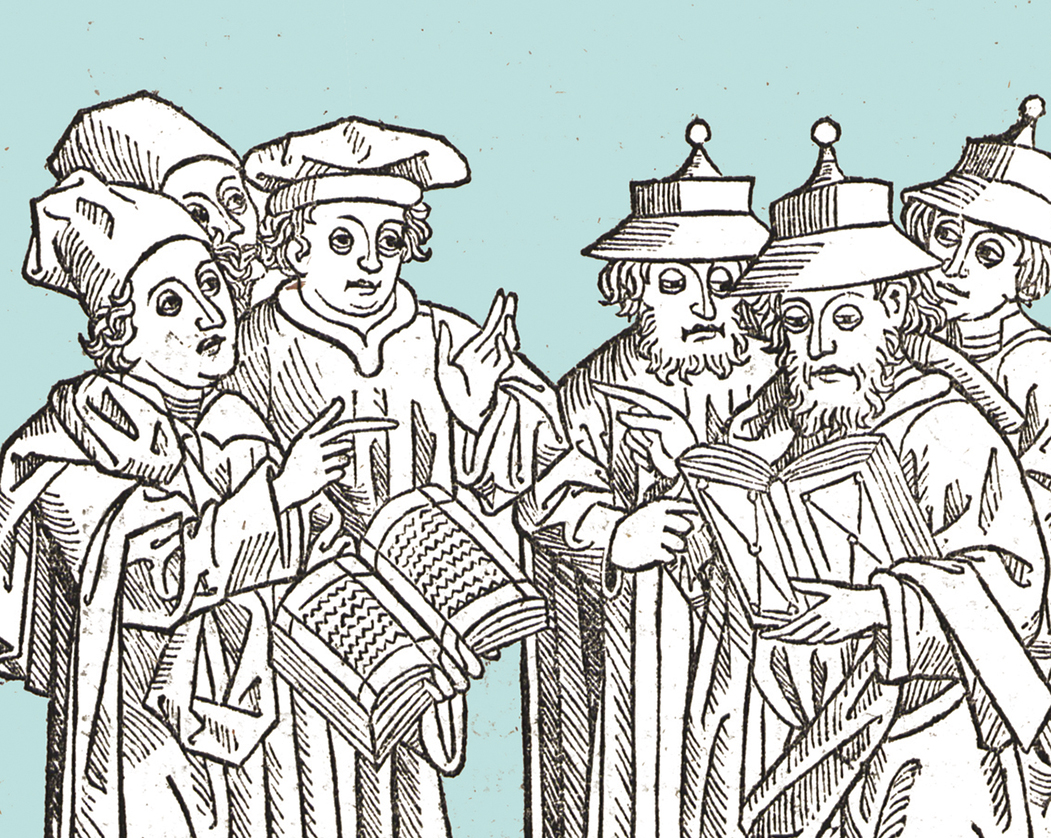
Religions on Trial, Then and Now
Note: This was in the queue before I realized that it was falling on General Conference weekend, so it’s not in response to anything said over the pulpit. I recently read an account of the three great medieval Jewish-Catholic disputations (Judaism on Trial, McCoby). These were debates arranged by the Christian authorities where the top…
-
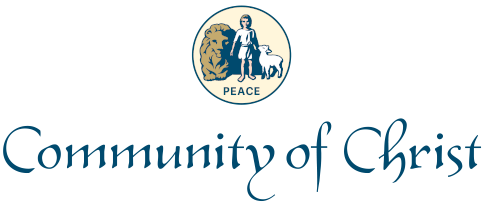
When Religions Rebrand: The Community of Christ and the Nation of Islam
What happens when a leader of a faith does not actually believe in its founding precepts? Presumably this kind of situation would be rare, but I recently finished reading a history of the Nation of Islam, and was struck by the parallels and sometimes contrasts between its recent history and that of the Community of…
-

When Religions Rebrand: The Community of Christ and the Nation of Islam
I recently finished reading a history of the Nation of Islam, and was struck by the parallels and sometimes contrasts between its recent history and that of the Community of Christ. In both cases you had a faith that was an eclectic variation on a mainstream tradition–for the Community of Christ Christianity, and for…
-
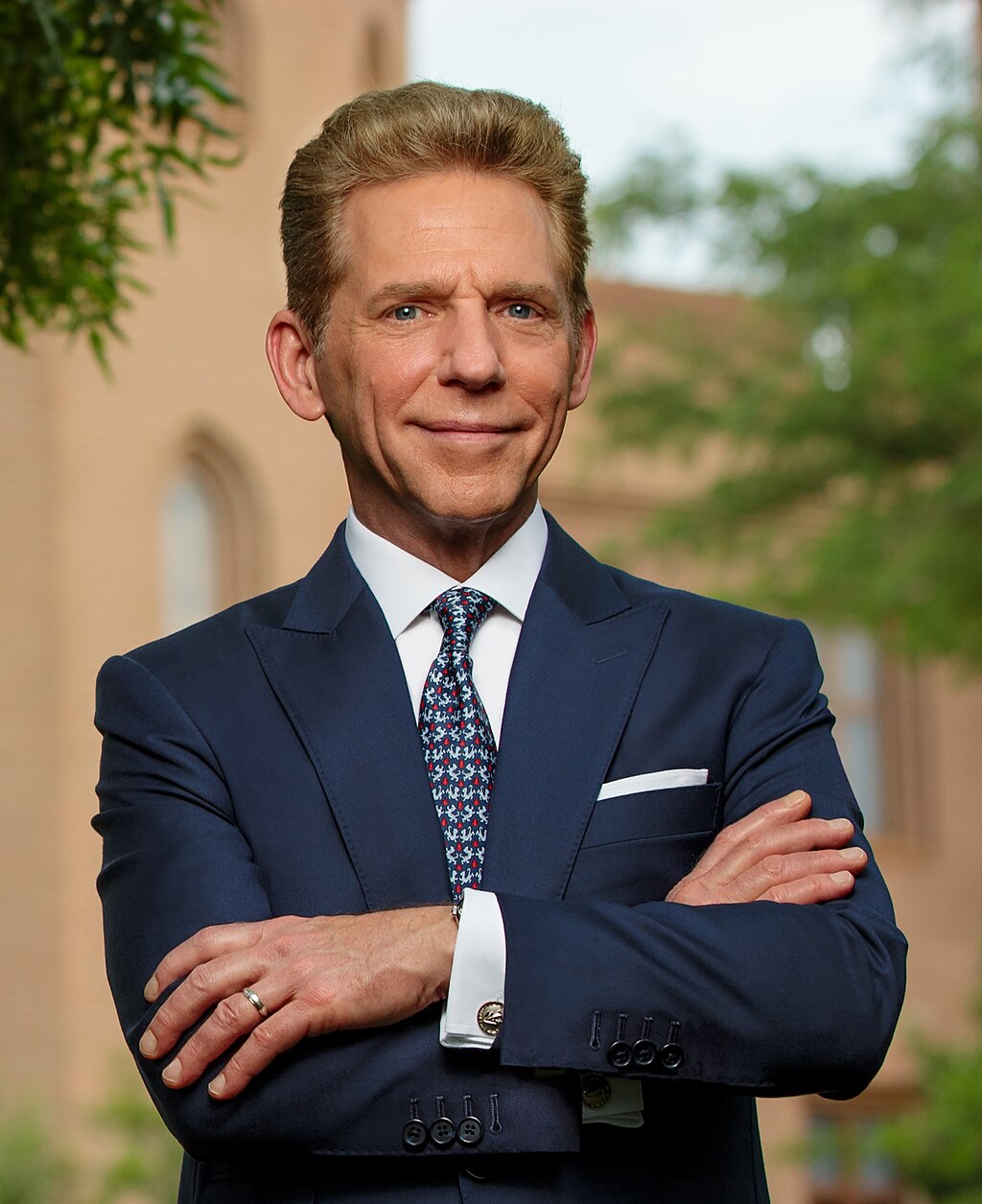
When is it Okay to Criticize Another Faith?
David Miscavige, the leader of Scientology Is it ever okay to criticize a faith? One can think of extreme situations that we can all agree on. The Aum Shinrikyo New Religious Movement (like most religion scholars, I bristle at the use of the term “cult,” since it disparages religions just for being small and new,…
-
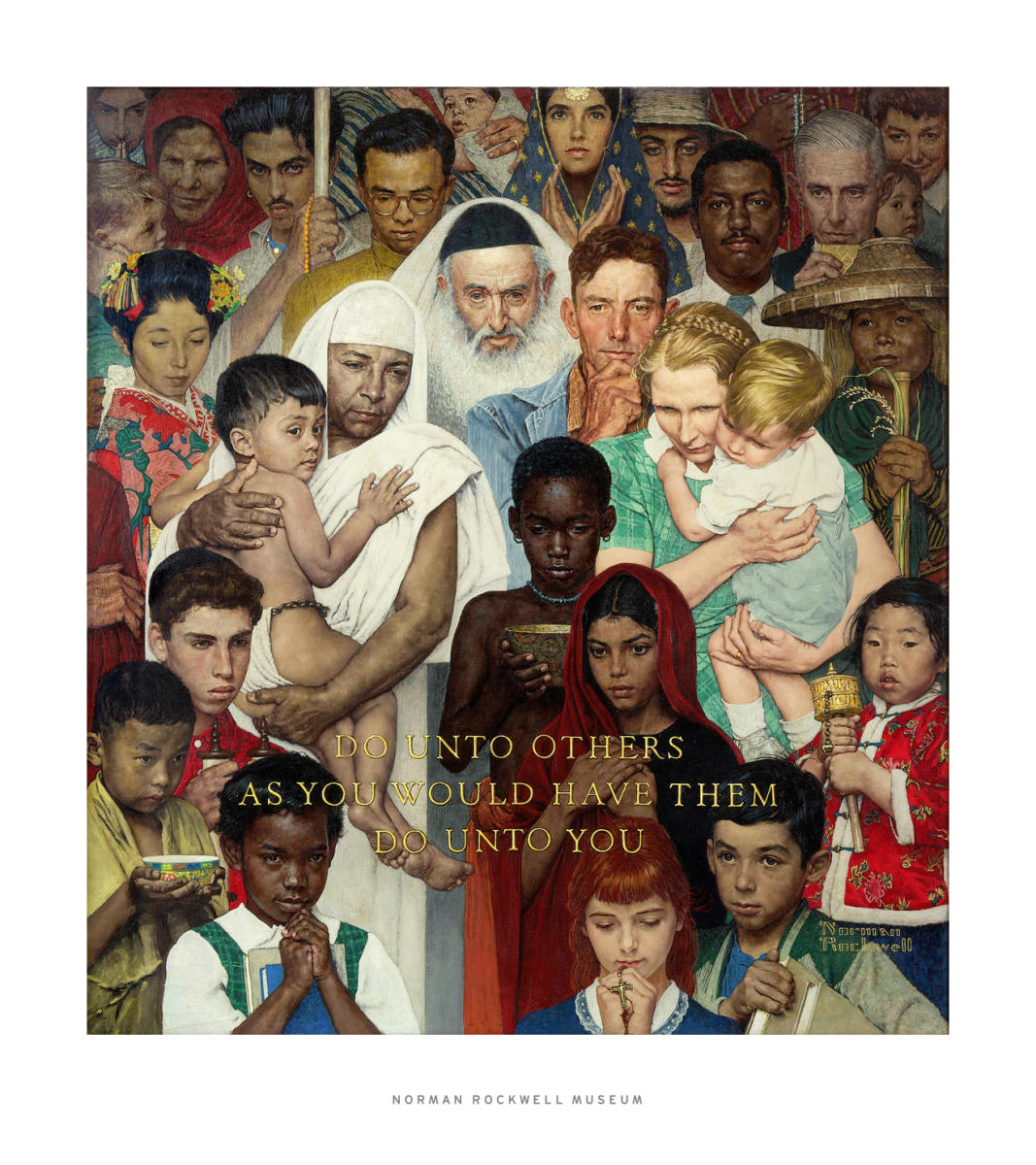
When is it Okay to Participate in Other Faiths’ Practices?
A few months ago I participated in a Traditional Latin Mass. More traditional-minded Catholics will genuflect when walking by or across the Host. As a non-Catholic I hadn’t considered what I should do until I found myself walking next to it and had to make a snap decision. On one hand as somebody who doesn’t…
-

Apologetics and the Sheep Stealing Model
A few days ago Latter-day Saint apologist Jacob Hansen of A Thoughtful Faith had a debate with noted Catholic apologist of Pints with Aquinas fame Trent Horn that has been garnering some attention. At the outset, I love these sorts of things. A respectful but straightforward debate about contrasting religious views can help both…
-
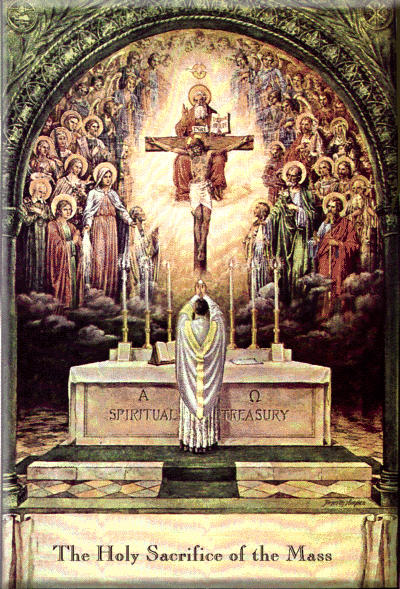
The Endowment and the Traditional Latin Mass: Beauty, Holiness, and Structure
Due to some things I’m involved in, I recently attended a Traditional Latin Mass (TLM). For the uninitiated, after Vatican II the Catholic Mass was changed to be more user-friendly. It was conducted in the vernacular instead of Latin and was shortened. While in the past the priest traditionally faced towards the East as he…
-
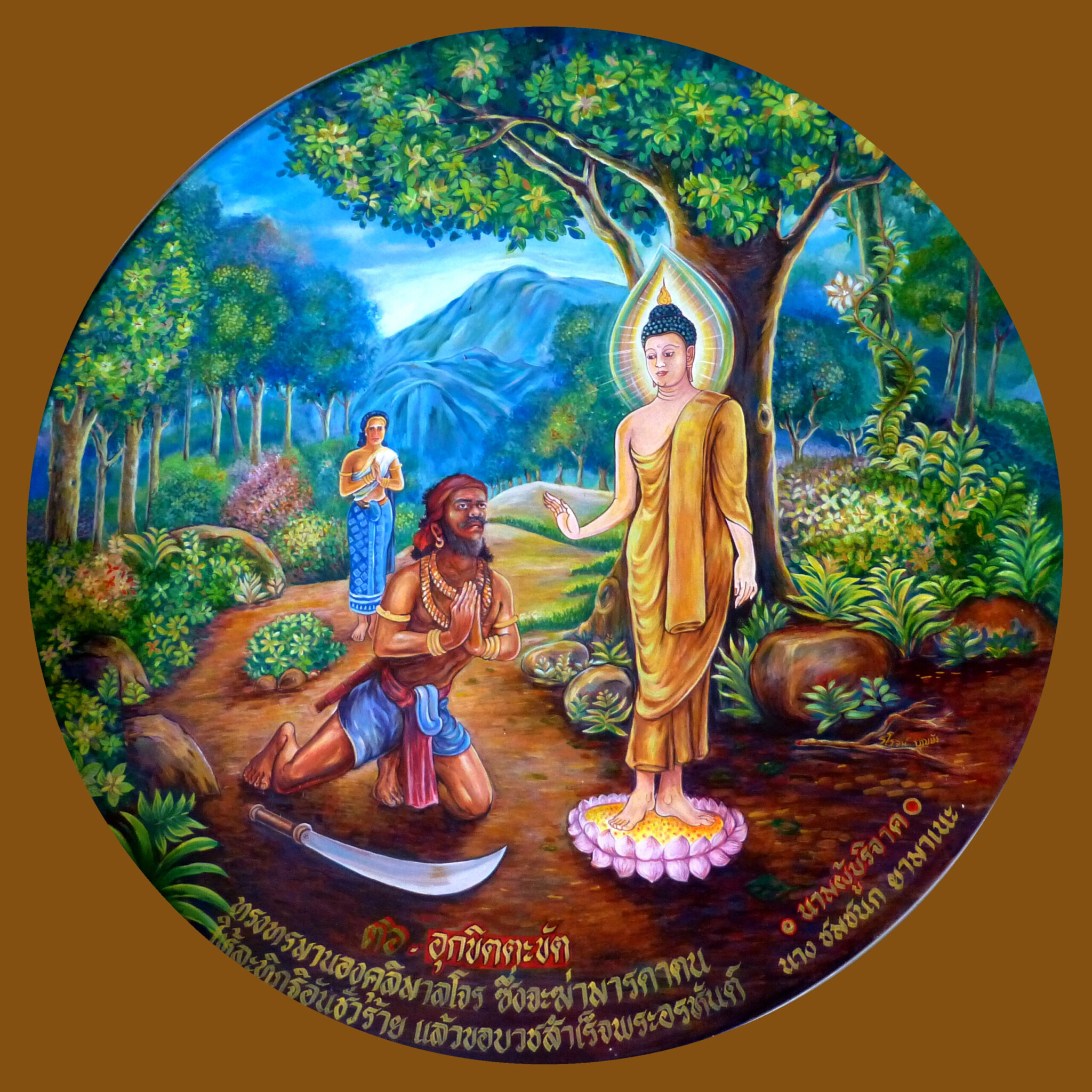
The Buddhist Alma the Younger and Forgiving the Unforgivable
While Saul/Paul and Alma the Younger were arguably committing the worst kind of sins by fighting against God, in both narratives they were sincere and possibly even well-meaning, albeit theologically wrong. They weren’t, say, torturing or killing people en masse as far as we know, and it seems like if there is a textbook case…
-

From Whence Muhammad?
Fun fact: One of the most prominent movies about the life of Muhammad (who, out of respect for Sunni Muslim sensitivities, is never actually shown onscreen) was produced and directed by Latter-day Saint Richard Rich, who has also done some Book of Mormon films, and whose aesthetic you might recognize from movies like the…
-
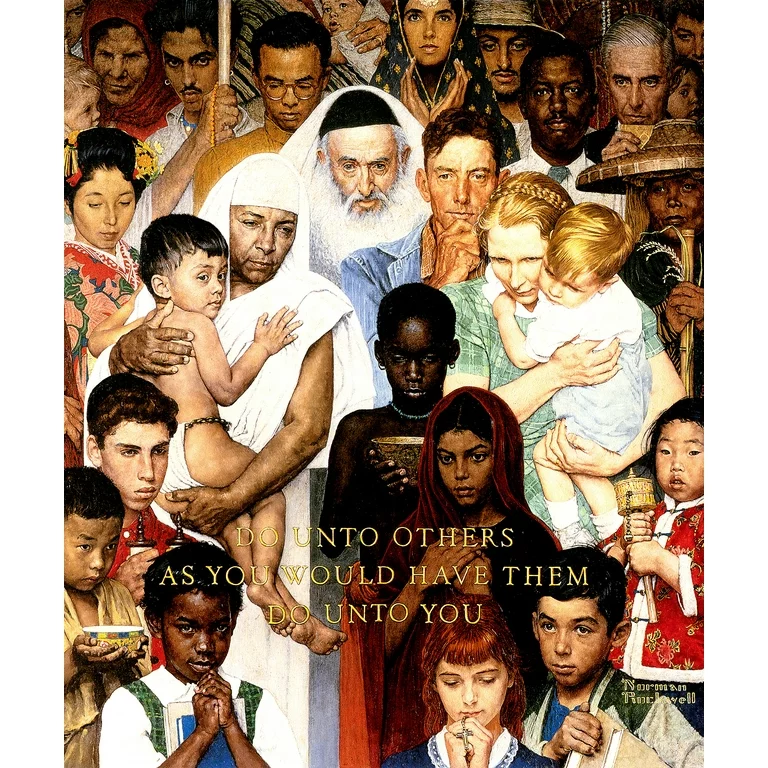
My “Sacred Envy” List
“Sacred Envy” is the well-known idea (at least in Latter-day Saint circles) of having the humility to recognize some positive attributes of other faiths, so I thought I would make my “sacred envy” list. To be clear, the Church of Jesus Christ of Latter-day Saints is my faith because I think it is the best…
-
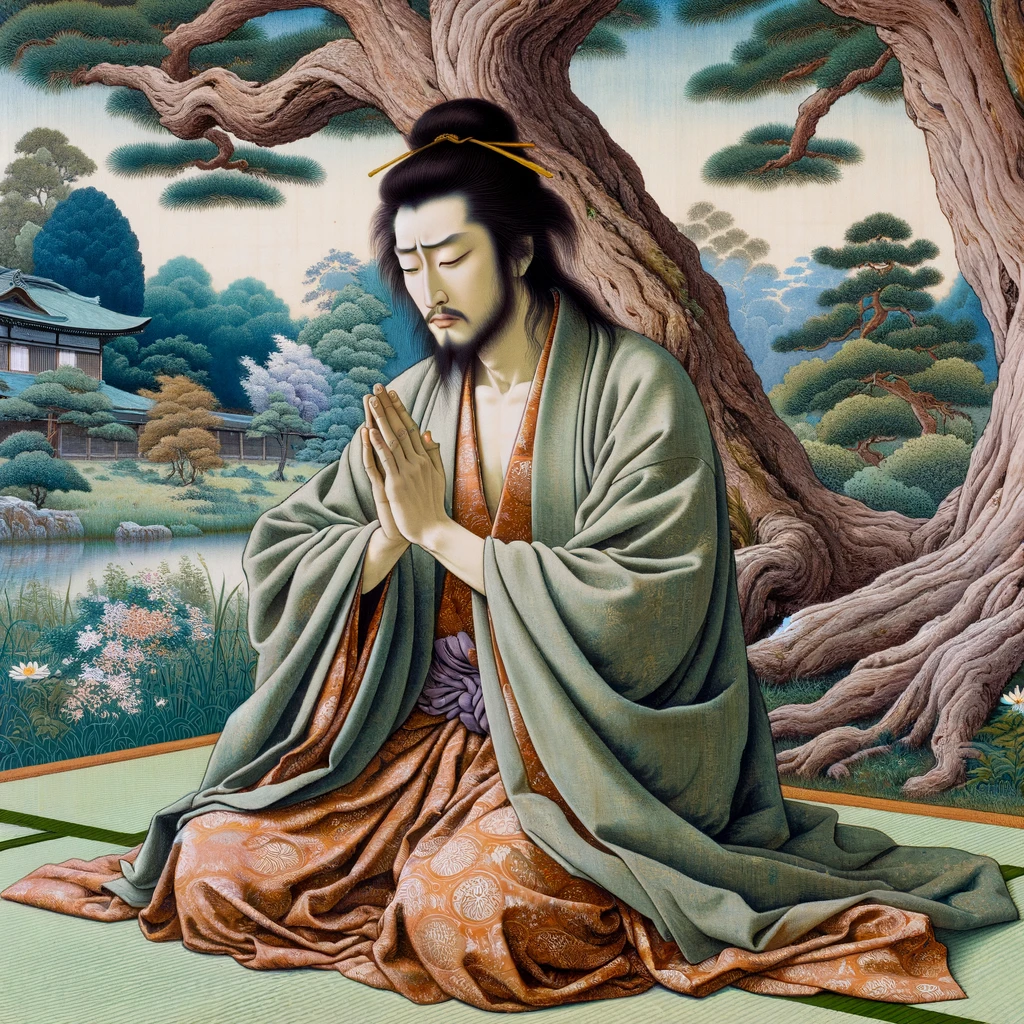
Latter-day Saint Book Review: A Life of Jesus, by Shusaku Endo
A Life of Jesus is an introduction to the life of Christ by renowned Catholic Japanese novelist Shusaku Endo, the author of Silence, a book set during the early persecutions of Christians in Japan. Much of Endo’s work revolves around the tensions of being a Catholic in a very non-Christian country, and this book was written…
-
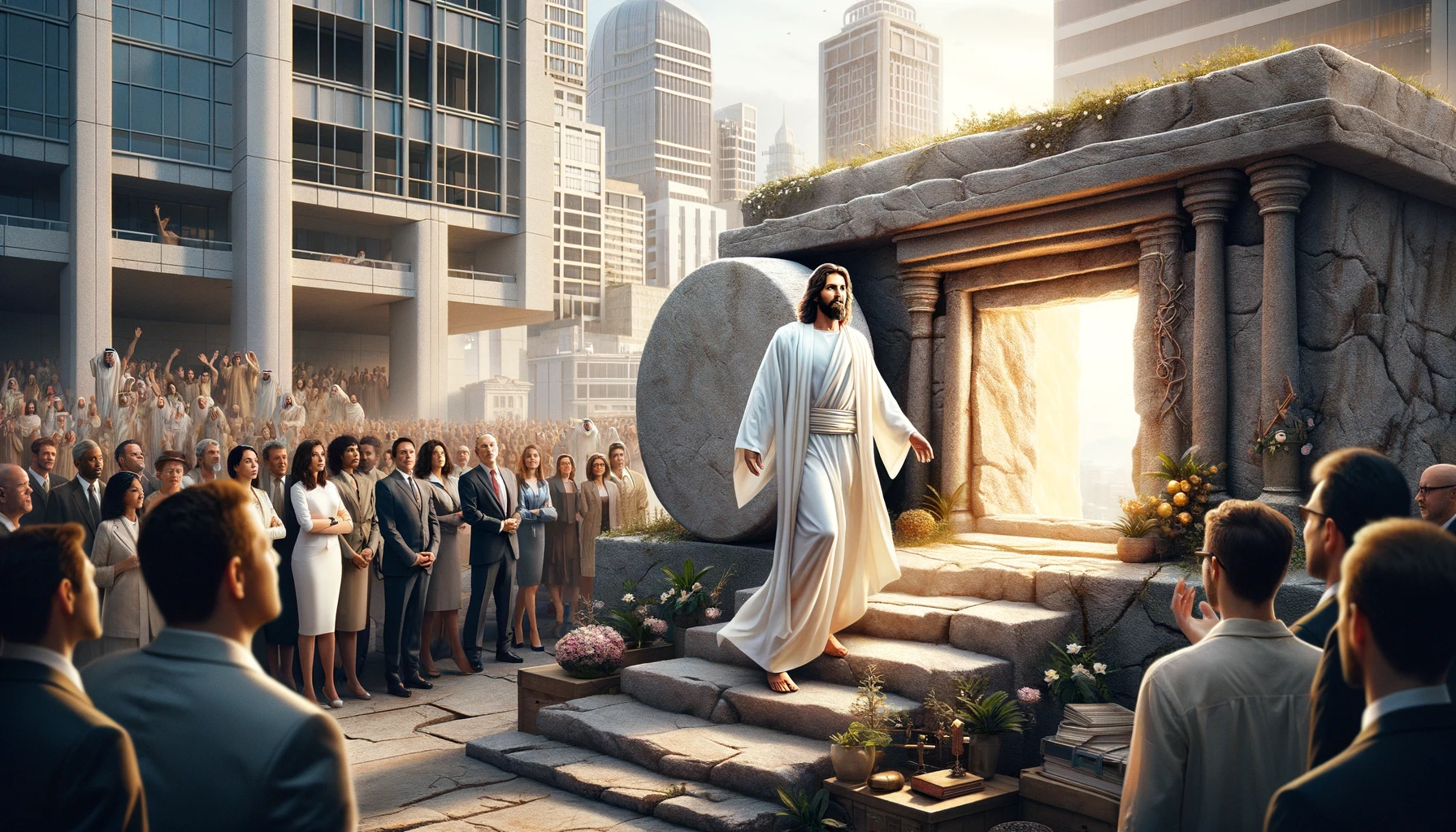
The Curious Role of the Book of Mormon Witnesses in Evangelical Debates about the Resurrection
While we Latter-day Saints have our apologists and reason-based arguments for faith and defenses against attacks on the faith, those are, by our own admission, to help create a place for faith or respond to criticisms that attack that faith, we are careful to formally base our religious epistemology in the numinous, personal spiritual experience. …
-
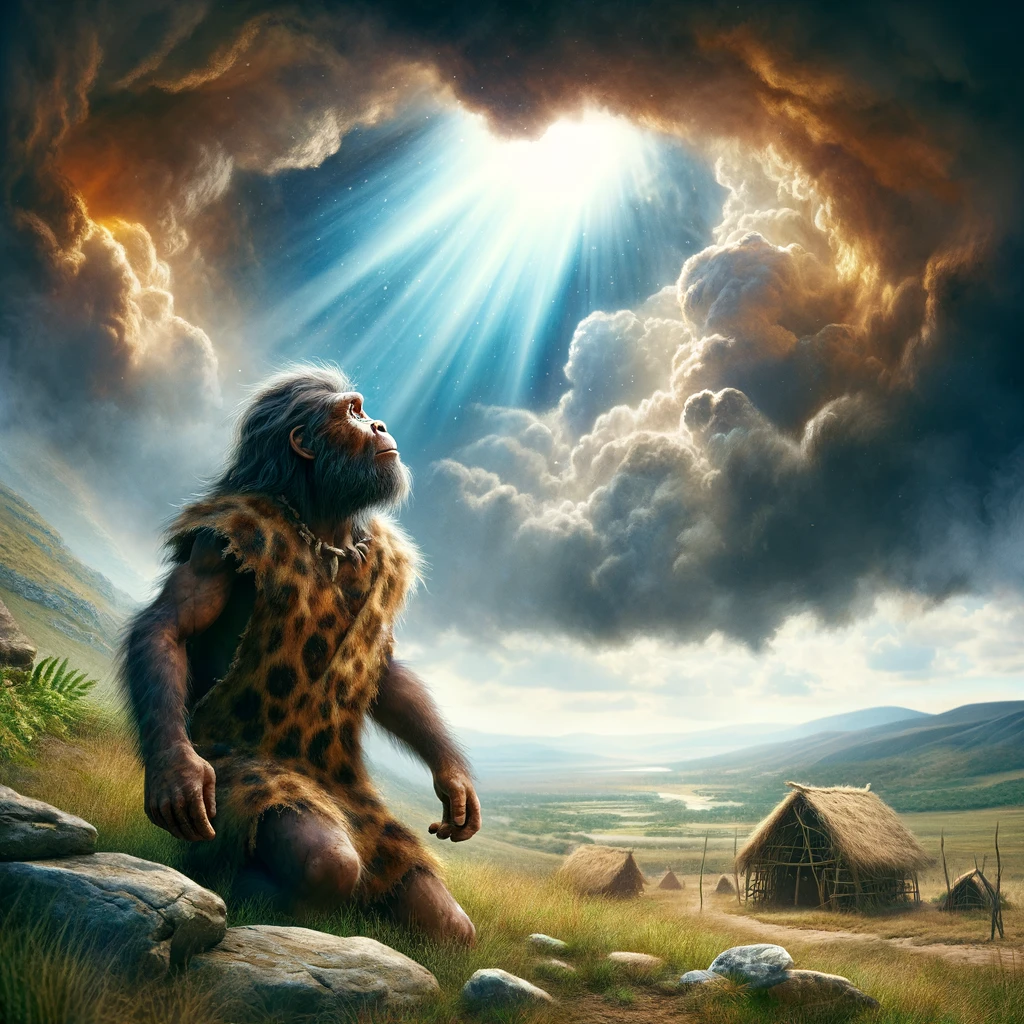
“As the Gods”: Pre-Sapiens Hominids and God’s Plan
When it comes to human evolution or deep human history, there’s a sort of begrudging acceptance in Church culture of its possibility, or it’s used as some cudgel in a broader debate about biblical errancy or how symbolic Adam and Eve were, but very few have taken it any further and really sat down and…
-
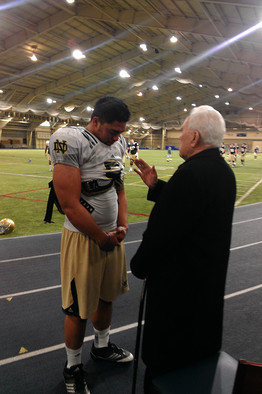
The Vatican’s Same-Sex Blessings: Latter-day Saint Translations and Lessons
Catholic priest giving a blessing to Latter-day Saint/Notre Dame football player Manti Te’o (Source: Juvenile Instructor, who got it from the WSJ) The Catholic world has been abuzz about a recent directive from the Vatican condoning blessings (but not marriages, and not liturgical blessings, kind of) of same-sex couples. The document has engendered a lot…
-
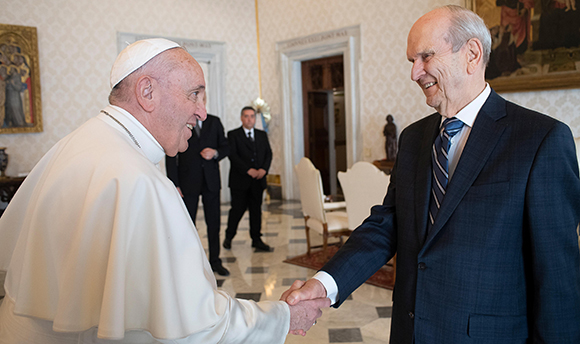
A Catholic-to-LDS Dictionary
Pope Francis recently dismissed a US bishop from his post. This is a pretty big deal in the Catholic world, but in the Latter-day Saint chatter I’ve been privy to there is some confusion about why this should be newsworthy. After all, if an area authority 70 was openly snarking about President Nelson to the…
-
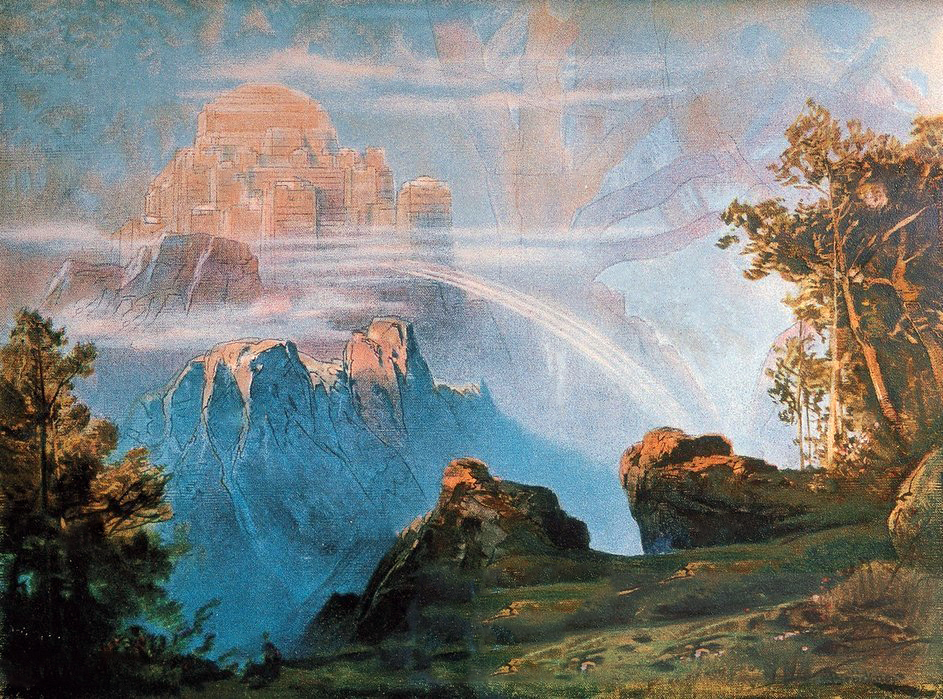
The Active Afterlife of the Restored Gospel
Vietnamese depiction of the Pure Land, the Mahayana Buddhist paradisiacal afterlife Egyptian depiction of the Field of Reeds, the ancient Egyptian paradisiacal afterlife While I’m open to the idea of “sacred envy,” where we see things in other faith traditions and communities that we wish we had, that shouldn’t prevent us from recognizing places where…
-

Adventures in Visiting Other Religions’ Services with Rowdy Boys: Memories and Tips
“Gothic church & Islamic mosque architectures combined.” From Midjourney v5. I’m a strong believer in the educational value of visiting religious services other than one’s own. However, you need to do it right so that you’re respectful and it doesn’t come off as a “let’s observe the natives in their natural habitat” kind of voyeurism,…
-

If I Didn’t Believe, Part II: God, Jesus, and Other Religions
God: I feel like the belief in God is one of those almost congenital predispositions; you either believe or you don’t. Empirically, based on fine tuning and the complexity of the origin of life, I would lean towards there being an organizational force, even in the absence of a belief in the Church. Additionally,…
-
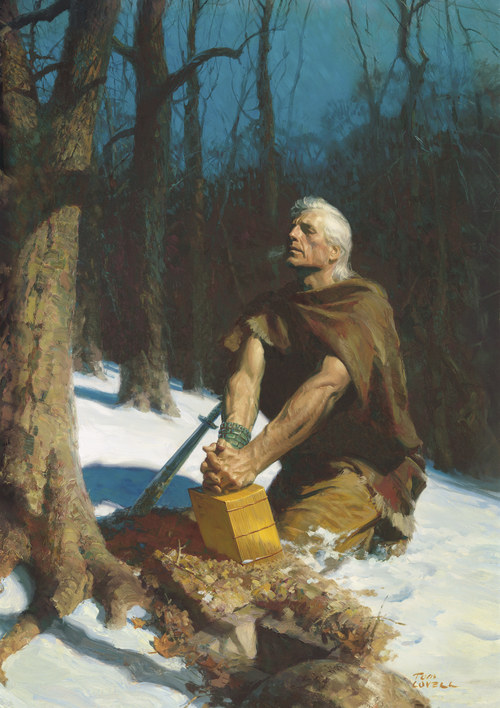
I Even Remain Alone: LDS Men sans Families
I wrote this in over three years ago in response to a call for personal essays on LDS single experiences; alas, it was declined primarily for a lack of anecdotes. It’s not something I would necessarily write today and is longer than a normal blog post. Nevertheless, it’s still a perspective that I rarely see,…
-

Toward a Universal Thanksgiving
This coming Sunday our neighborhood will hold its 6th annual Interfaith Thanksgiving celebration. As many as 500 members of Jewish, Protestant, Catholic and Mormon congregations will join together for a program giving thanks and blessing children, followed by a communal thanksgiving dinner[1. FWIW, the keynote speaker this year is Dr. Ruth Westheimer! who is a…
-
Grace and Cooperative Salvation
Since at least the time of Augustine of Hippo and Pelagius, western Christianity has been embroiled in a debate about salvation and grace. The two extremes have been represented as salvation by grace alone and earning salvation by our own works. Theologians and Church leaders in the Church of Jesus Christ of Latter-day Saints have…
-
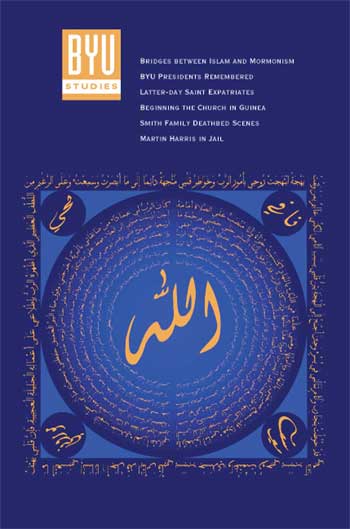
Muslim-Mormon Dialogue at Georgetown: The Perks of Being Peculiar
I know that I am a better Mormon on account of Muslim friends and hope that they will be able to say the same of me.
-
The Book of the Weeping God
One of the most striking features of the Bible is its division into Old and New Testaments, which present not only substantially different sets of religious beliefs and practices, but very different portrayals of God. The God of the Old Testament is a judgmental, jealous, and vengeful God, who destroys sinners without remorse, whether of…
-
The Nova Effect – Secular Age, round 7
This third section of Taylor’s book is, to me, the most redundant, so I’m going to make up for lost time by condensing these four chapters into one blog post. In fact, I’ll leave Ch. 11 off entirely because it’s mostly an exploration of the section’s themes through case studies in Britain and France. In…

